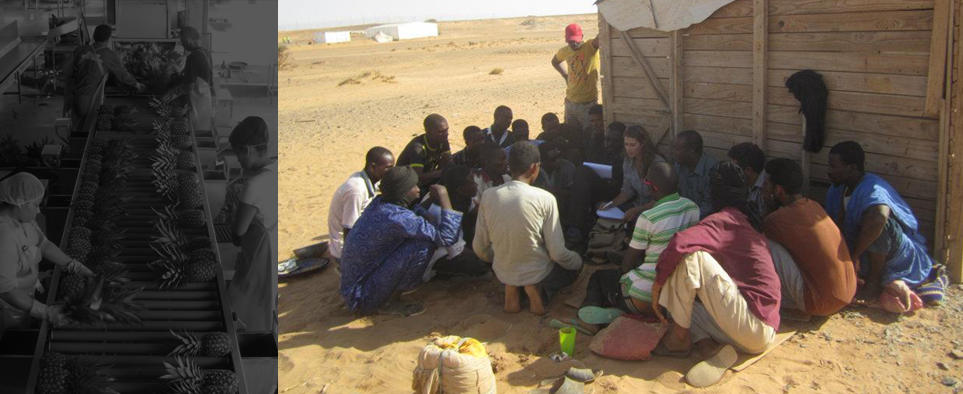- Danish Institute for Human Rights (2006) Human Rights Compliance Assessment Quick Check.
ABSTRACT: “The HRCA [Human Rights Compliance Assessment] Quick Check is a free, condensed version of the full HRCA tool, which includes approximately 10 percent of the questions contained in the HRCA database, and allows companies to create a general overview of the human rights risks in their operations. The tool was developed in cooperation with a group of development finance institutions.”
- Danish Institute for Human Rights (2016) Human Rights Impact Assessment Guidance and Toolbox.
ABSTRACT: “The purpose of this Guidance and Toolbox is to provide those who are involved in conducting, commissioning, reviewing or monitoring Human Rights Impact Assessments (HRIA) of business projects and activities with guidance and practical tools; with the view to ensuring that such assessments apply a human rights-based approach and are consistent with the United Nations Guiding Principles on Business and Human Rights (UN Guiding Principles)…. The Guidance and Toolbox includes the following sections: Welcome Section: where you can find an overview of the Guidance and Toolbox, an introduction to HRIA, 10 key criteria to guide the process and content of HRIA, as well as other introductory materials on international human rights standards and principles. HRIA Phases and Stakeholder Engagement: the Guidance and Toolbox is divided into five phases: planning and scoping; data collection and baseline development; analysing impacts; impact mitigation and management; and reporting and evaluation; with stakeholder engagement situated as a crosscutting component. For each HRIA phase explanatory guidance is provided as well as corresponding practitioner supplements that include templates, checklists and other practical tools for conducting HRIA. The explanatory guidance seeks to provide an overview of the impact assessment phase, detailing what it would include and why, as well as discussion on key points; these sections are suitable for a broad audience wishing to familiarise themselves with HRIA. The accompanying practitioner supplements are intended for those who are involved in conducting, commissioning, reviewing or monitoring HRIAs.”
- International Business Leaders Forum, International Finance Corporation, and UN Global Compact (2010) Guide to Human Rights Impact Assessment and Management.
ABSTRACT: “Developed for companies committed to assessing and managing the human rights risks and impacts of their business activities, the Guide to Human Rights Impact Assessment and Management (HRIAM) provides guidance on how to: Identify potential and/or existing human rights risks; Assess potential and/or existing human rights impacts; [and] Integrate findings from the assessment into the company’s management system. The Guide to HRIAM is divided into seven stages. The seven stage framework offers a comprehensive and systematic methodology for companies to follow and adapt to their needs when: Developing their own human rights impact assessment, or Integrating human rights into other kinds of risk and/or impact assessments… By following and adapting the Guide to HRIAM’s seven stage process, and completing a human rights impact assessment, a company will be in a better position to address any potential and/or existing human rights risks and impacts.
- NomoGaia Human Rights Impact Assessment Toolkit (last updated 2016)
ABSTRACT: “Human Rights Impact Assessment is a process for systematically identifying, predicting and responding to the potential human rights impacts of a business operation, capital project, government policy, or trade agreement. It is framed by international human rights standards and designed to complement other impact assessment and due diligence processes. It is also rooted in the realities of the particular project by incorporating the context within which it will operate from the outset. In 2016, responding to feedback from users, we updated our HRIA platform, commissioning a dedicated program for cataloging. The program is 85 MB (compressed) and is too large to include on this website, but we are happy to send OS X, Windows and Linux versions to anyone who requests them. Please email us at info@nomogaia.org to request a copy. Previously, in 2012 NomoGaia updated the HRIA toolkit and template to automate impact ratings scores using Excel. This development reduces human error and standardizes rating in a transparent way. The toolkit is licensed under a Creative Commons Attribution 4.0 International License.”




Pingback: Human Rights Impact Assessment Resources - NomoGaia